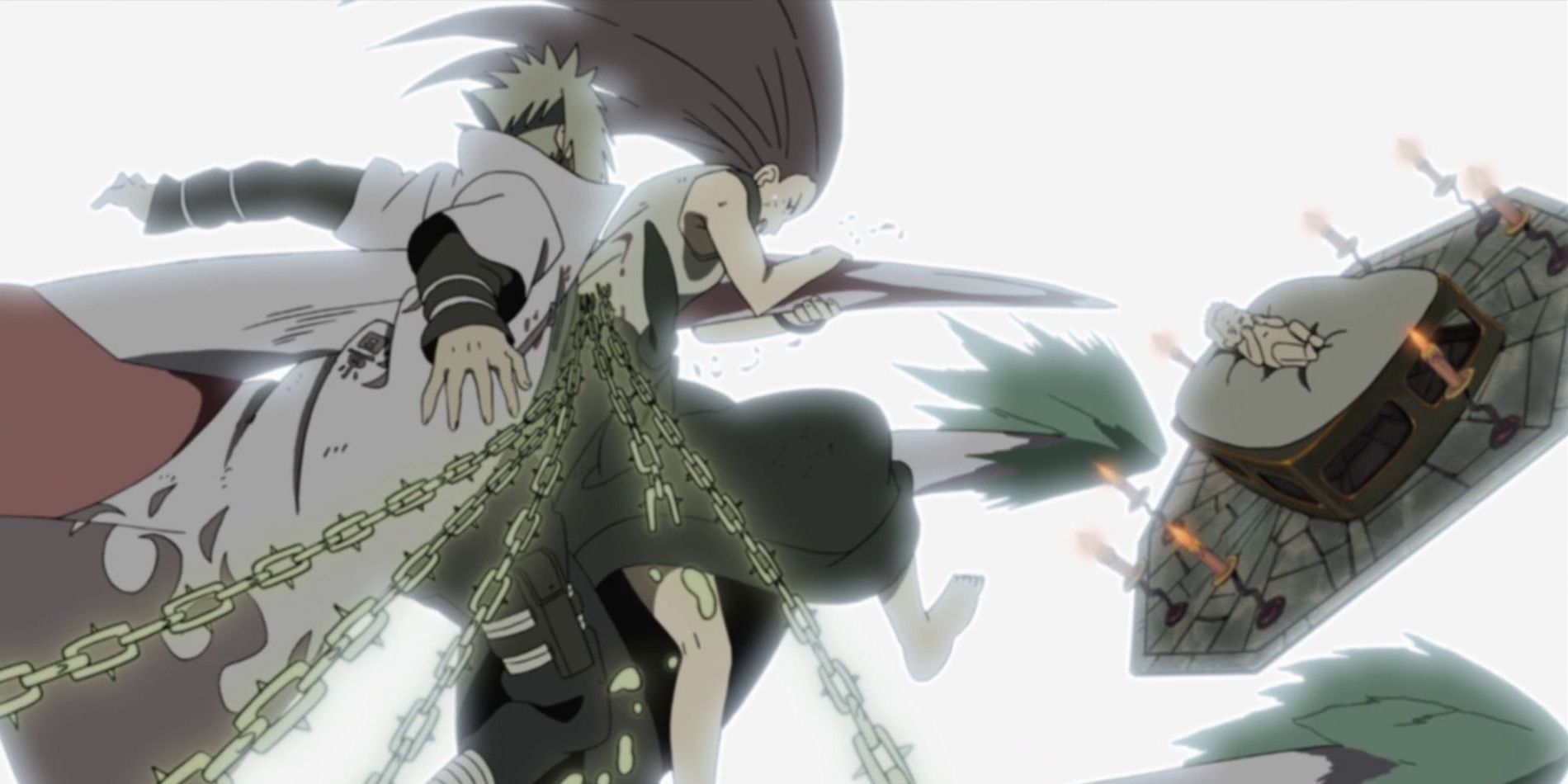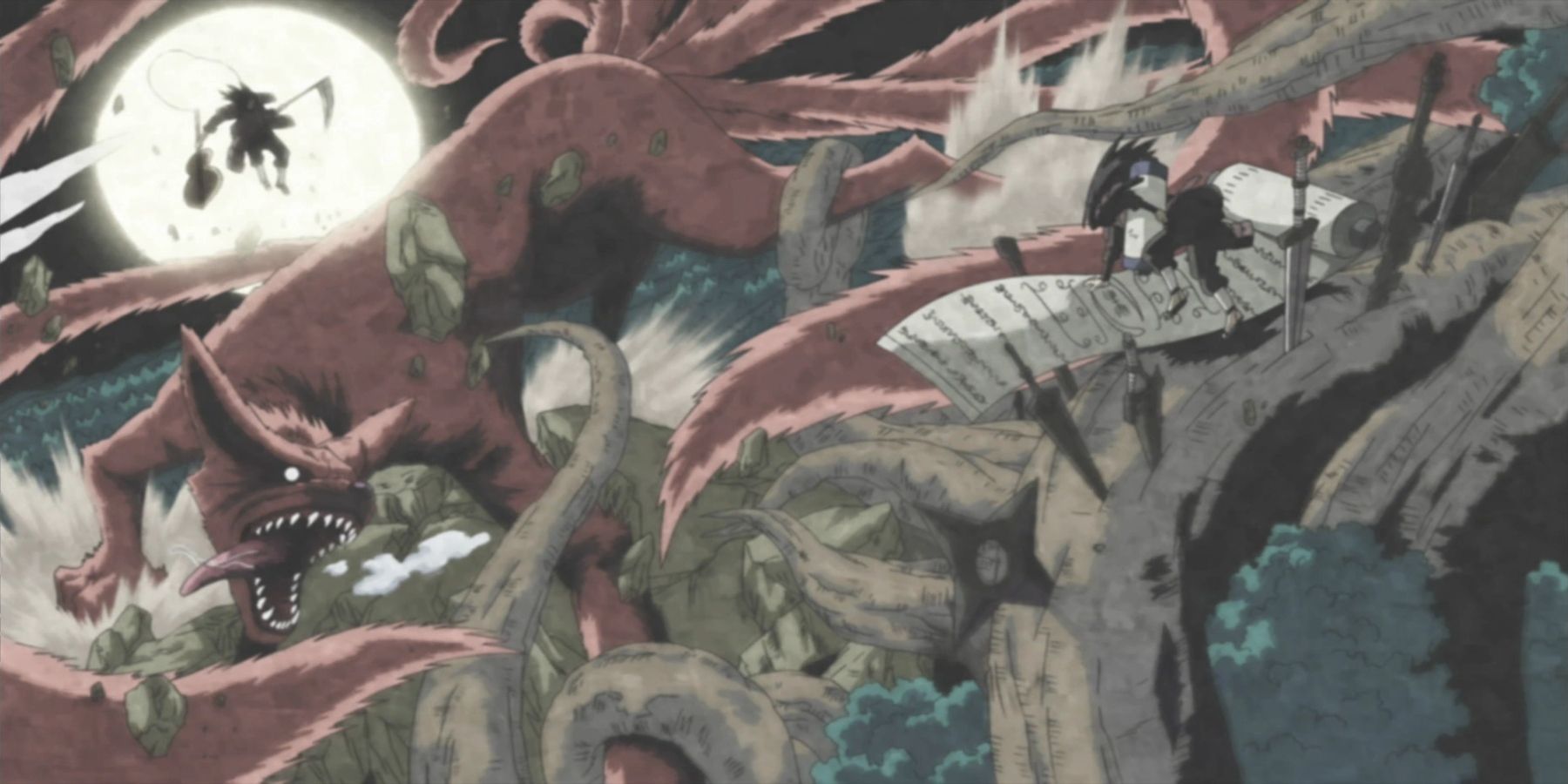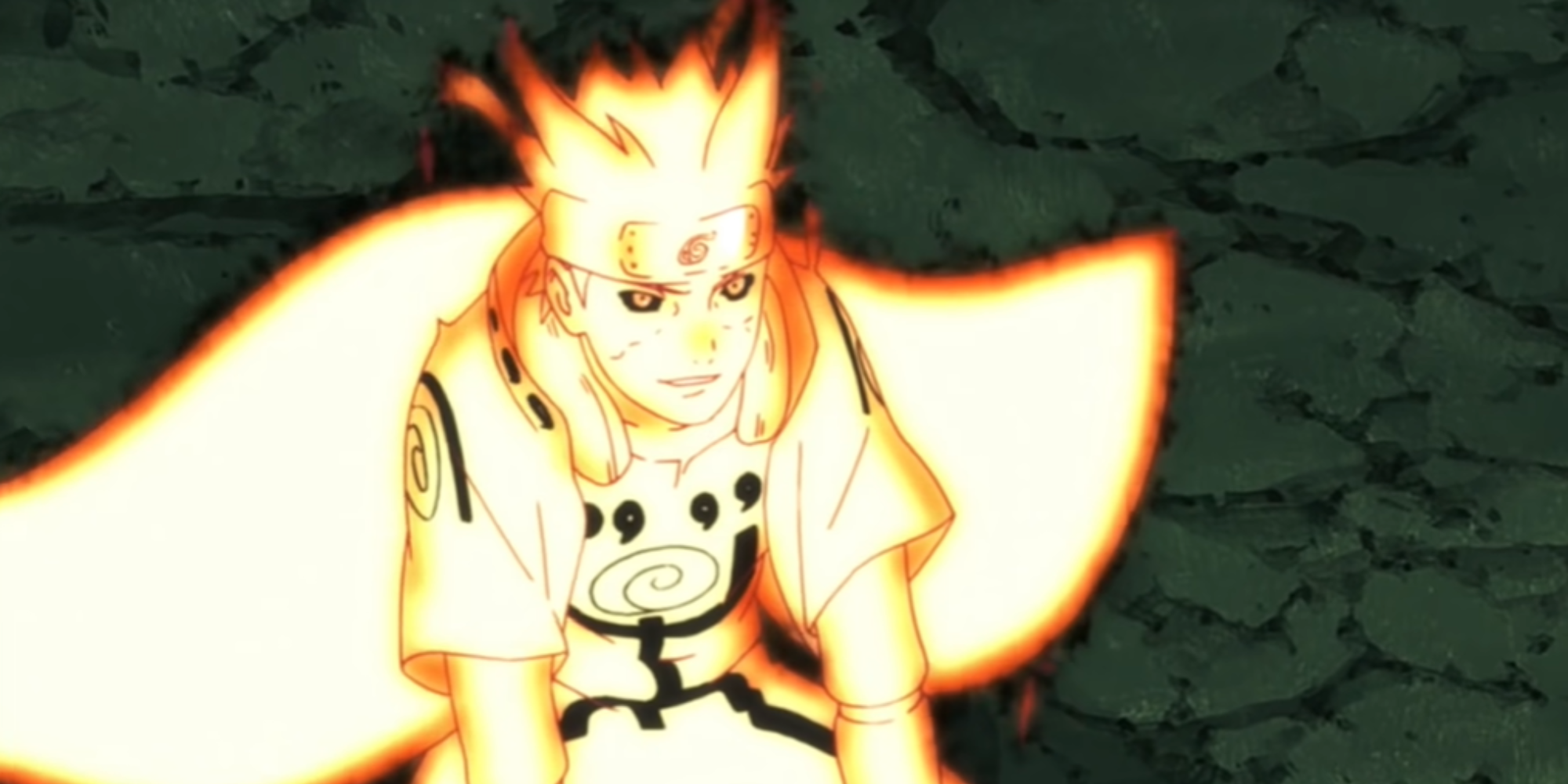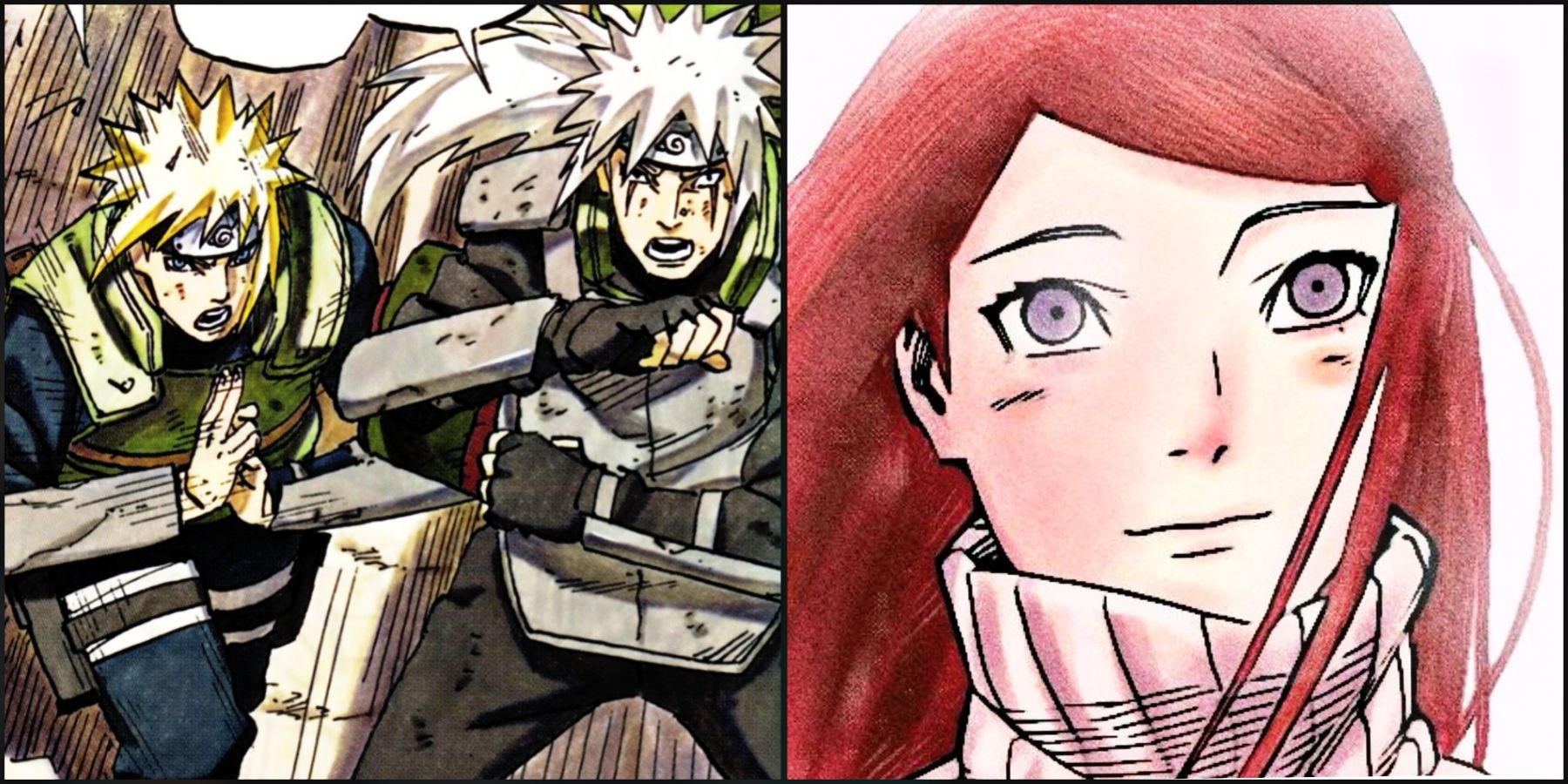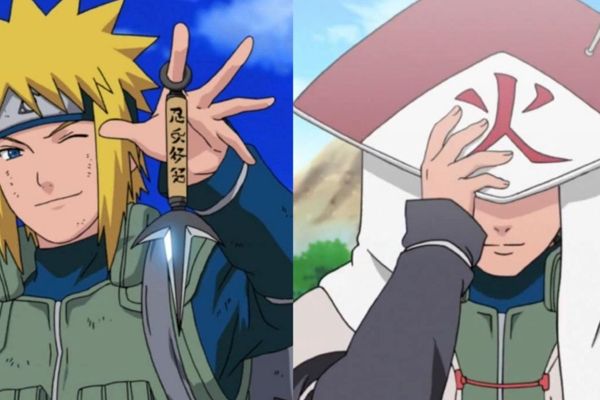
The Shocking Truth Behind Minato's Strength in Naruto

Discover why Minato Namikaze, the Fourth Hokage, was initially presented as the strongest Hokage of all time, and why his strength was later retracted for the sake of the Senju-Uchiha narrative Learn about the implications of this retcon for the Naruto universe
The Naruto series has long been criticized for its abundance of plot holes and inconsistent storylines, prompting the author to introduce retcons in an effort to create a more cohesive narrative. As a lengthy shonen series, it's not uncommon for elements of the story to become incongruous over time, necessitating adjustments on the author's part.
One character particularly affected by this is Minato Namikaze, who initially appeared as an enigmatic and exceptionally powerful shinobi. However, as the series progressed, Minato's status was downgraded to that of a regular Kage-level shinobi, effectively negating the buildup to his legacy as the strongest Hokage in history. This change was brought about by the introduction of Hashirama and Madara as central figures in the story.
References to Minato Being the Strongest Hokage
Minato Namikaze, also known as the Yellow Flash of the Leaf, is a legendary figure who is celebrated for saving the Hidden Leaf from utter destruction. His reputation as the village's savior precedes him, and his exceptional strength and abilities have earned him a place of unparalleled respect. While his heroic act of single-handedly defeating the Nine-Tailed Fox is a well-known tale, the enigma surrounding his character only adds to the mystique of this legendary figure.
However, it was during the Chunin exams arc that Minato's status as an invincible shinobi was truly established. When Orochimaru summoned the reanimated Hokage, Hiruzen tried his best to prevent the third coffin from being summoned, fearing the consequences of going up against the Fourth Hokage more than he did against Hashirama or Tobirama. This battle's outcome further reinforces the notion that Minato was a much stronger Hokage than Hashirama, given that Hiruzen was able to seal away both Hashirama and Tobirama while fighting off Orochimaru as a third opponent.
Other hints of Minato's exceptional abilities were revealed in the first part of the series. His involvement and accomplishments in the Third Great Ninja War were greatly praised, earning him the title of the fastest shinobi alive. His remarkable feat of taking on thousands of shinobi simultaneously solidified his position as the strongest. In addition, Minato was considered a high-priority target, requiring shinobi to retreat immediately upon spotting him on the battlefield. With such remarkable achievements, it is clear that Kishimoto intended for Minato to be the strongest shinobi in the Hidden Leaf village.
Why was Minato’s Strength Retracted?
Minato's significance in the Naruto series was greatly diminished as the story progressed into Shippuden, with the attention and anticipation shifting towards Hashirama in the final showdown. Considering Kishimoto's decision to focus the plot on Madara as the primary antagonist, it was logical for Hashirama to emerge as his equal and enhance the narrative's cohesion.
The clash at the Valley of the End between Madara and Hashirama marked a turning point in Minato's perceived superiority, as the two combatants displayed god-like abilities and strength beyond comprehension. Their unparalleled techniques and power cemented their status as the strongest shinobi in history, leaving little room for anyone to surpass them. This retcon was necessary to fully explore the profound story of the Senju and Uchiha, which was crucial to the overall plot of the series. Additionally, it allowed for the reincarnation theme with Naruto and Sasuke to be plausible and further advance the story.
Implications of the Minato Retcon
The retcon, while improving the overall story by placing Hashirama and Madara at the center of the plot, had the unintended consequence of reducing Minato's role to that of a minor character. Once a legendary figure in the Hidden Leaf, Minato was now just another Kage-level shinobi whose strength paled in comparison to Hashirama and Madara. The hype surrounding Minato's introduction and his exceptional abilities were lost, leaving him with a role that was limited to being Naruto's father. As a result, Minato's purpose in the series became minimal, particularly during the Fourth Great Ninja War. Furthermore, the retcon contradicted the original narrative of future generations surpassing the previous ones, as it established that surpassing the village's founders was impossible.
